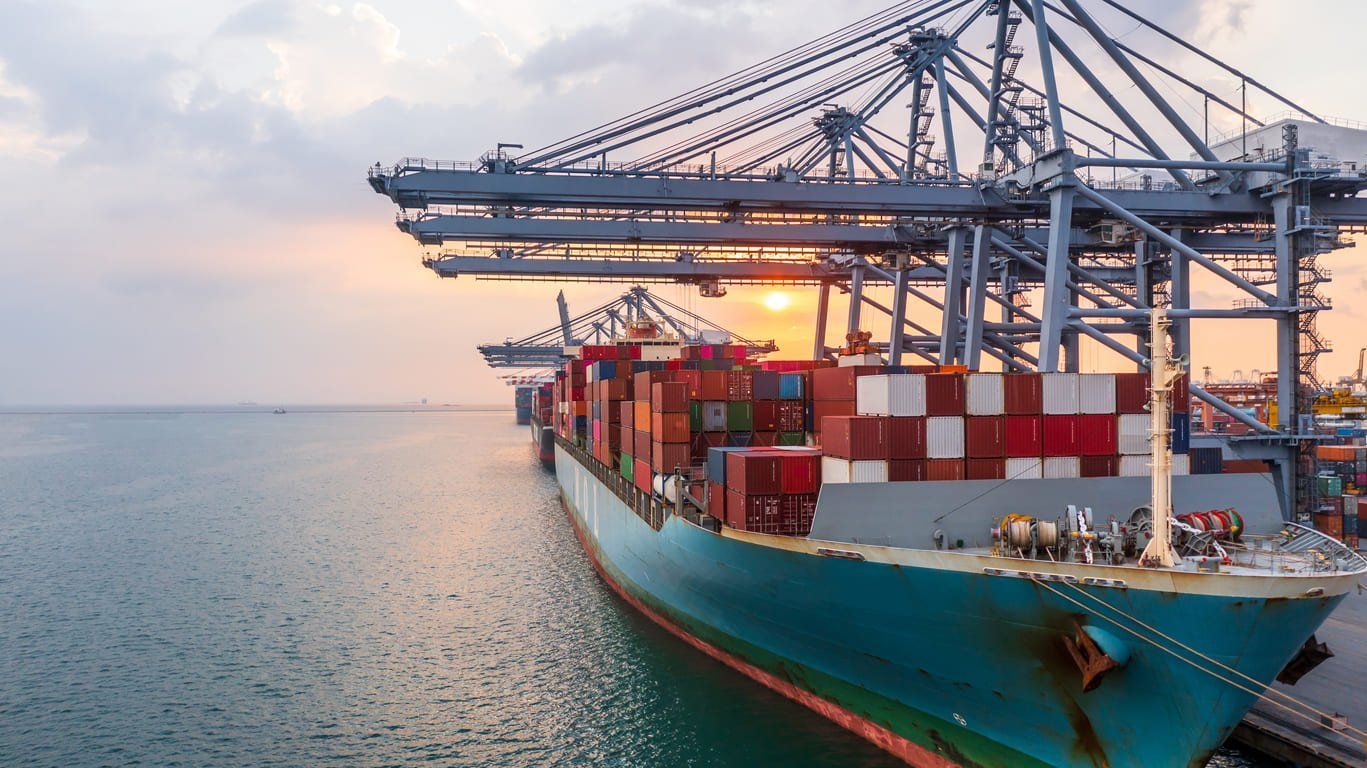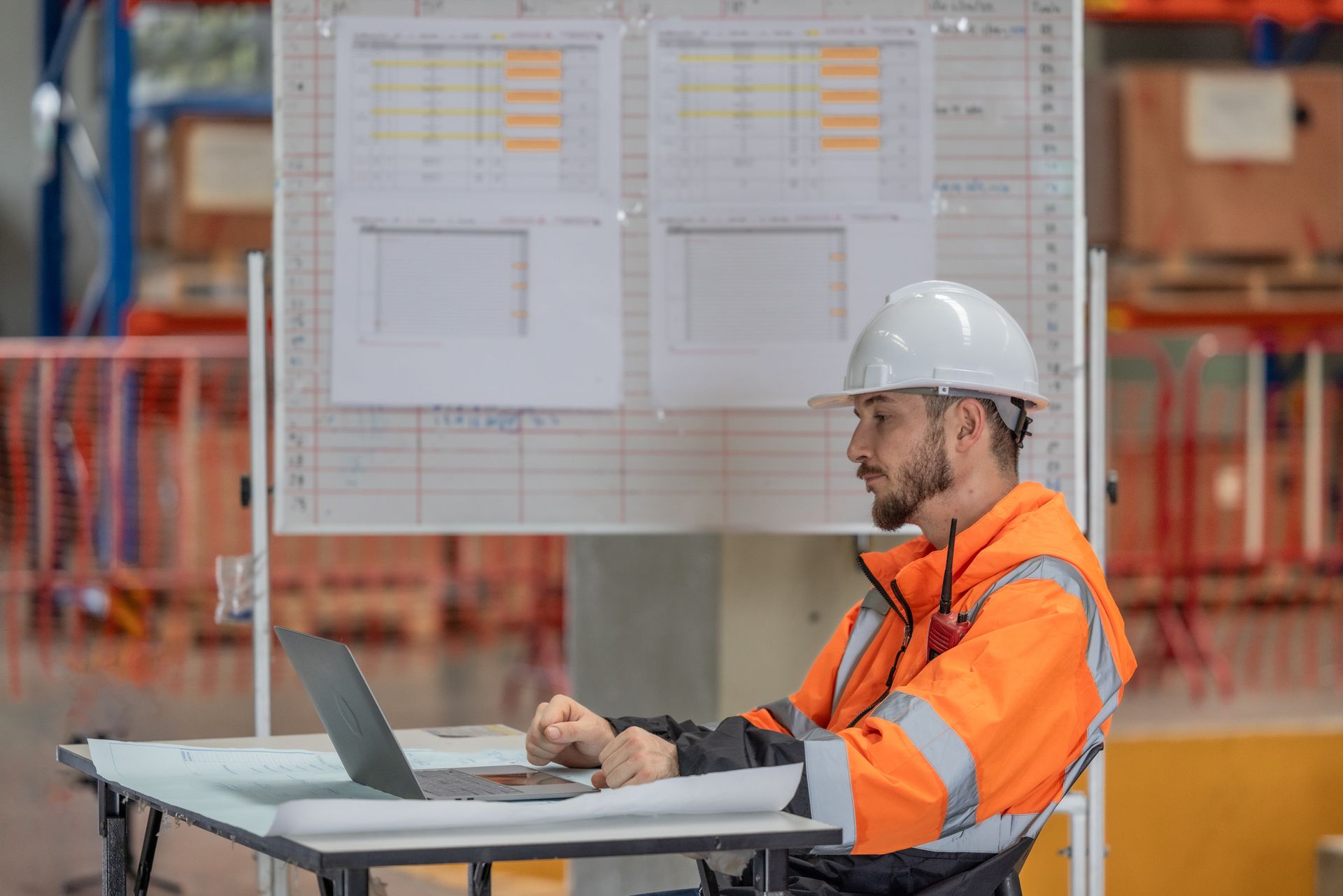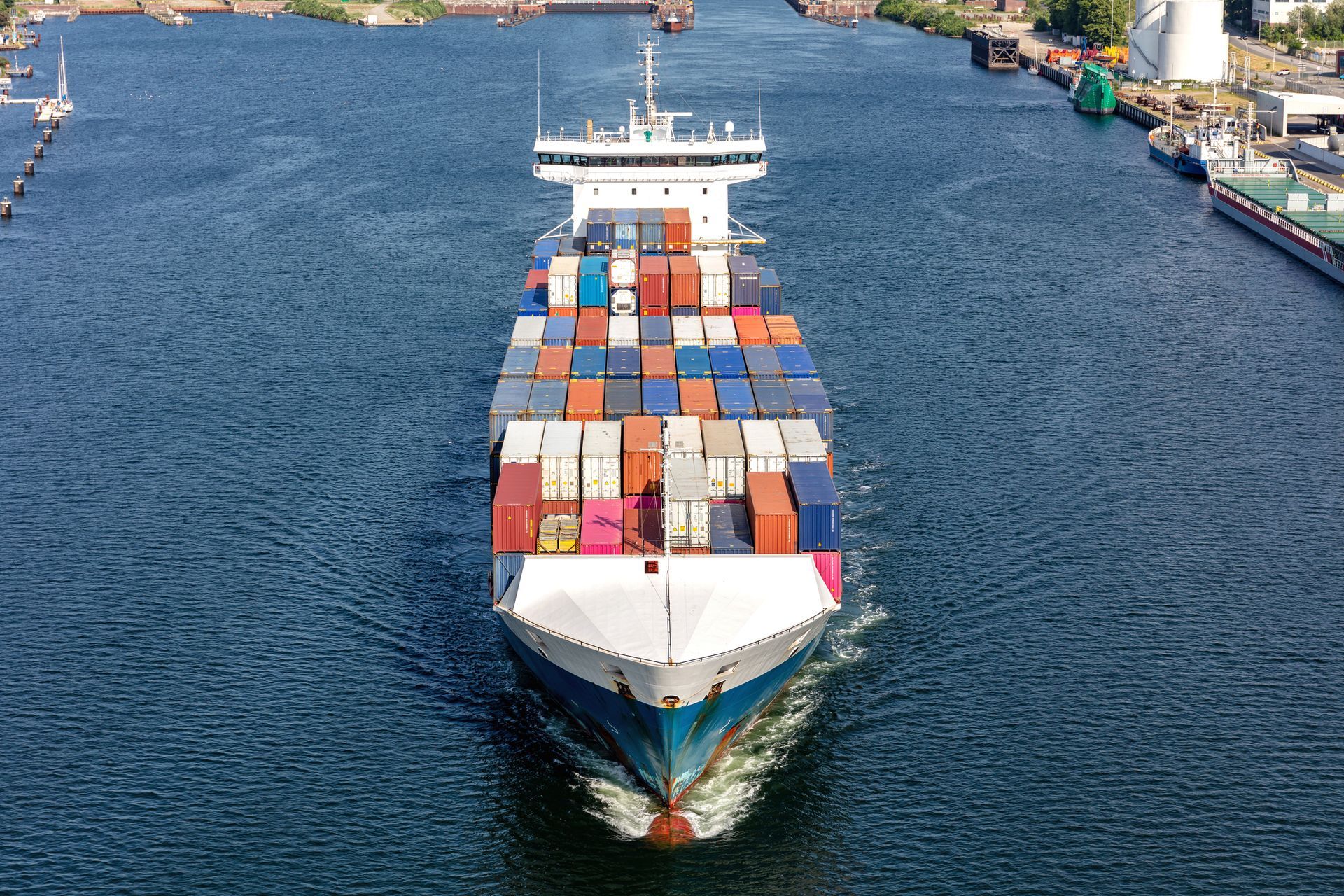
When to use LCL shipping can be a common question for freight forwarders who have not yet managed to understand the opportunities that this type of modal represents.
LCL (Less than a Container Load) freight is a very popular topic in the context of international logistics, especially for freight forwarders who are trying to add value to their service.
LCL is nothing more than the division of the container between several companies that have the same origin and destination of the cargo, thus optimizing costs for all involved.
Before using this type of maritime transport, however, it is essential to have a reliable consolidator with years of experience in the market. This specialist can help in difficult times so that the freight forwarders' customers are well served and retained.
That is what we will talk about in this article. Shall we embark on this journey?
What is LCL shipping?
LCL shipping occurs when importers and exporters who do not have enough cargo to use an entire container come together to split the cost of international freight.
This process is only possible with the help of a consolidator, that is, a neutral company that can bring together cargo from different sources and “close” a container. This process can occur for imports or exports, although it is more voluminous on routes that reach Brazil.
The Port of Santos, in fact, is the largest importer of this modality, although it is not the only one, since it is possible to send cargo in LCL to several other countries in the country, without having to use a DTA (Customs Transit Declaration).
Difference between LCL and FCL
We have already detailed this difference in a previous post on our blog, but, in short, FCL (Full Container Load) is the modality in which only one company uses the container, and often does so because it has enough cargo to fill the entire container. LCL, on the other hand, is the modality in which the container will be divided among several companies.
In addition, the importer decides when to use LCL maritime transport based on other data, such as:
- price;
- availability;
- type of cargo;
- added value;
- collection or delivery costs;
- space available to load the container.
This last data is justified because not every warehouse has the space or structure to receive a truck with such equipment.
When is LCL shipping the best option?
It is important to carefully consider when to use LCL sea freight, since in some cases air freight and FCL may be a better option. However, most of the time, LCL is a great tool for saving on freight, since costs are predictable and deadlines are quite acceptable.
For cargoes of 1 to 5 cubic meters that are, in proportion, between 1 ton and 5 tons, whose CIF value does not exceed R$100,000 and do not require approvals, LCL will certainly be the best option. The fact is that its price per metric ton (ton/m or w/m) usually makes it worthwhile.
Check if the goods can be shipped via LCL sea freight
There are some restrictions on LCL cargo, such as perishables. Dangerous cargo has several restrictions for shipment in LCL and, depending on the type, cannot come into contact with other cargo.
Goods that require approval from ANVISA (National Health Surveillance Agency) or MAPA (Ministry of Agriculture, Livestock and Supply), whether perishable or not, need to have their characteristics evaluated before being sent via LCL, since in this modality they will come into contact with other cargo that may be contaminating or contaminated.
Furthermore, very bulky or unusually sized cargo may not be a good option for LCL. This is because, based on the standard cubic capacity calculation, they are subject to additional freight charges due to excess size.
Thus, the most common cargo in LCL are:
- clothing and fabrics for their production;
- spare parts;
- machines of all types;
- paper;
- office supplies;
- some types of electronics;
- packaging, etc.
Calculate financial viability
Before deciding whether to use LCL sea freight, it is necessary to make a complete calculation of the import or export costs, since the freight price in this mode is per ton or cubic meter, whichever is greater.
On the other hand, small products, between 100 and 300 kg, generally have a more competitive final logistics cost in the air mode, since storage will be applied based on a minimum table that, when added to the freight price, is generally not worth it.
Check if the deadline is met
In LCL, there is an additional time period compared to FCL, which is the time for stuffing the container (known in the NVOCC environment as stuffing) and unloading. This usually means adding one week to the transport lead time at the origin and one week at the destination.
This time period is the consolidation cut-off. In other words, the time that consolidators have to receive the cargo at a terminal and have it ready to be loaded into a container, and this may vary from country to country. In some cases, FCL will be more attractive, while in others, air or even road transport will be more attractive.
When quoting, what should you know?
Freight forwarders rely on information received from the importer and exporter to provide an LCL quote, as they are the ones who decide when to use LCL shipping. Data such as cargo weight, dimensions, origin and destination, INCOTERM and FOB value are crucial for a quote to be provided.
LCL shipping is with Allink
Among all the NVOCCs in Brazil, Allink is the only one that is completely neutral and does not serve customers other than the importer or exporter, making the freight forwarder's experience safer and more reliable. In addition to its many years of experience, Allink's operations are excellent, both in import and export.
Continue a navegar no blog da Allink

Mantenha-se informado sobre o comércio exterior
Assine nossa newsletter e receba atualizações semanais de forma gratuita sobre o mundo da logística.




